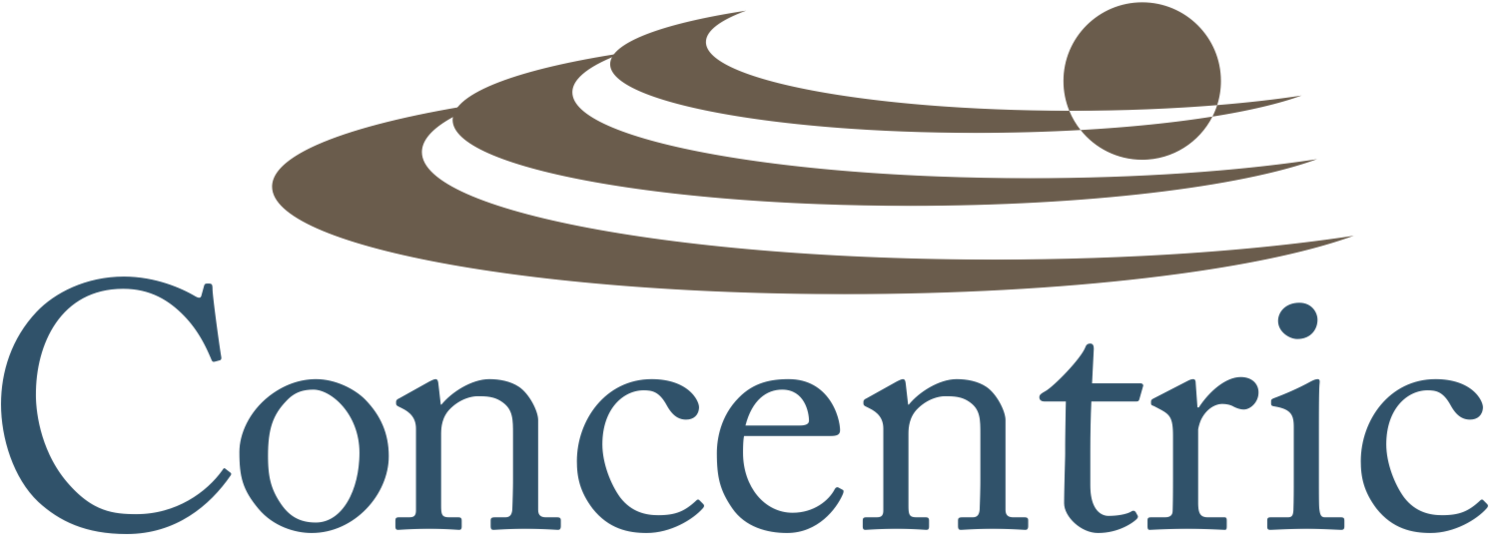Expected Changes for ISO 9001:2008
The ISO 9000 family of documents and standards continue to be the international baseline for good management practices as an effort to enhance organizational controls and predictability for quality requirements. Since the initial release of the ISO 9000 family of documents in 1987, this quality management system standard has grown throughout the world as the standard quality business model for nearly a million organizations in over 160 countries. With such a significant worldwide application, changes to this family of international standards have a rippling effect often requiring additional resources for training and implementation. The effects are not only felt directly with those organizations subscribing to ISO 9001, but also those sector-specific management systems such as ISO/TS 16949 (automotive) and AS9100 (aerospace) that use the ISO 9001 requirements as the building blocks of their respective standards. Any changes to the “building blocks” consequently require significant changes to the business practices of those in that sector (i.e. The transition from QS-9000 to ISO/TS 16949:2002). So how can you best prepare for the expected changes that lie ahead? During the February 2007 International Conference on ISO 9000 – the leading conference on ISO 9000 and related standards – several workshops and presentations focused on the suspected changes to the current 2000 version. Two primary points that seemed to be common denominators throughout the conference was the pressure to better align the ISO 9000 series documents with the ISO 14000 (environmental) series, as well as developing changes that would minimize the cost of implementing the changes. With the growing demand on supply chains to participate in both a quality and environmental certification process, the strain of the additional resources to implement and maintain two or more systems has been a focus on this new revision. According to a 1996 Quality Systems Update survey[1], the average cost of ISO certification for small firms (those registering less than $11 million in annual sales) was $71, 000. With such a high price tag in order to be considered a player in some business sectors, it is no wonder why so many organizations are trying to get a sneak-peek into the changes ahead.
The following list summarizes some of the key points that are probable with the release of the new standard in 2009:
Expected release date is Q2 2009, therefore making the next registration scheme applicable to the “ISO 9001:2008” international standard · Focus on changes with high benefit (i.e. addressing confusing points, inconsistencies and verbiage associated with poor translation) and low impact (i.e. minimal changes related to documentation, training, education)· Providing guidance to top management for sustainable success· No major changes to the terms & definitions (currently the ISO 9000:2000 document)· Minor changes to the ISO 9001 standard (referred to as “amendments”)· Major changes to the ISO 9004 document with a key focus on “sustainable success” rather than a guideline or interpretation of the ISO 9001 standard
· Improved compatibility with other international standards such as ISO 14001:2004 (environmental) so common elements of the standard can be implemented without duplication or separate systems
· Clarification on the design requirements (clause 7.3)
· Clarification on the “process approach”; ISO 9001:2000 process approach model will be maintained
· Guidance on outsourced processes.
· The role of Six Sigma and Lean in the management system implementation and how ISO 9000 can support these improvement tools
The transition period from the 2000 revision to the 2008 revision will likely be around 18 months, and may vary from one National Registration Body to the next.
The American Society for Quality’s online bookstore Quality Press periodically publishes the committee drafts for review and comment throughout the various stages of development of the new standard. The next draft is tentatively scheduled for review in Q3 2007. ASQ offers a service that will contact you and allow you to offer comments about the current draft online at no charge. Visit http://www.asq.org/draft-standard-request.html to fill out a request for notification.
View a presentation of some of the proposed changes here: http://www.box.net/shared/f85j8o9gk9
The following resources may also be beneficial in monitoring the changes ahead:
The American Society for Quality: http://www.asq.org/index.htmlInternational Organization for Standardization: http://www.iso.orgISO/TC176 (Technical Committee): http://www.tc176.org About the author: James R. Thompson is the President of Concentric Management Systems, Inc. and a QMS Lead Auditor for QMI. He has over 13 years of management system and quality engineering experience and is in his fifth year of assisting organizations with productivity, quality and customer satisfaction improvements. Mr. Thompson is a Senior Member of the American Society for Quality and a board member as the Educational and Newsletter Chairman for the Columbus, Indiana section. For more information about Mr. Thompson, contact Concentric Management Systems, Inc. online at acommoncenter.com/who/leadership.
[1] Source: Answers.com website - http://www.answers.com/topic/iso-9000
